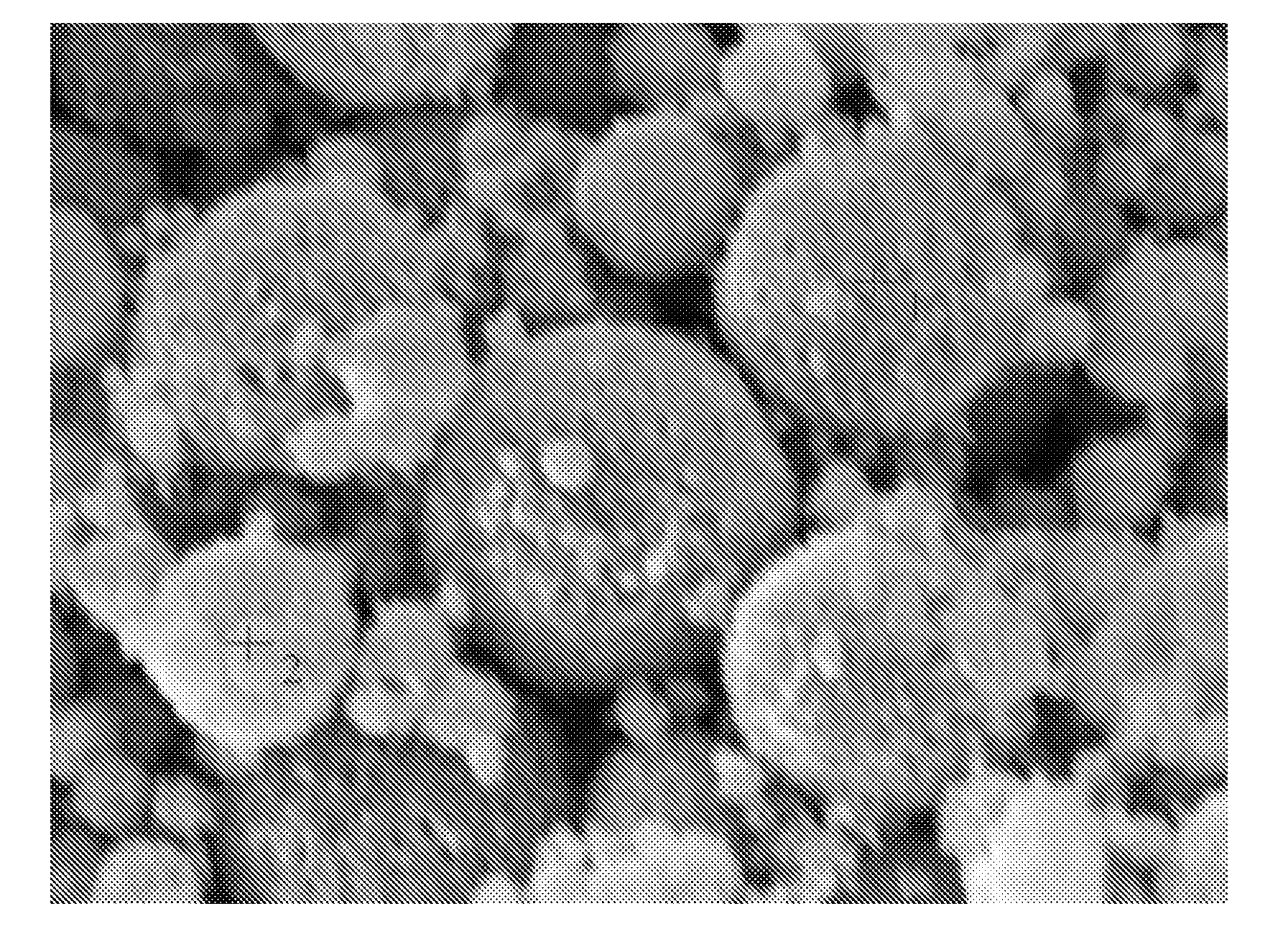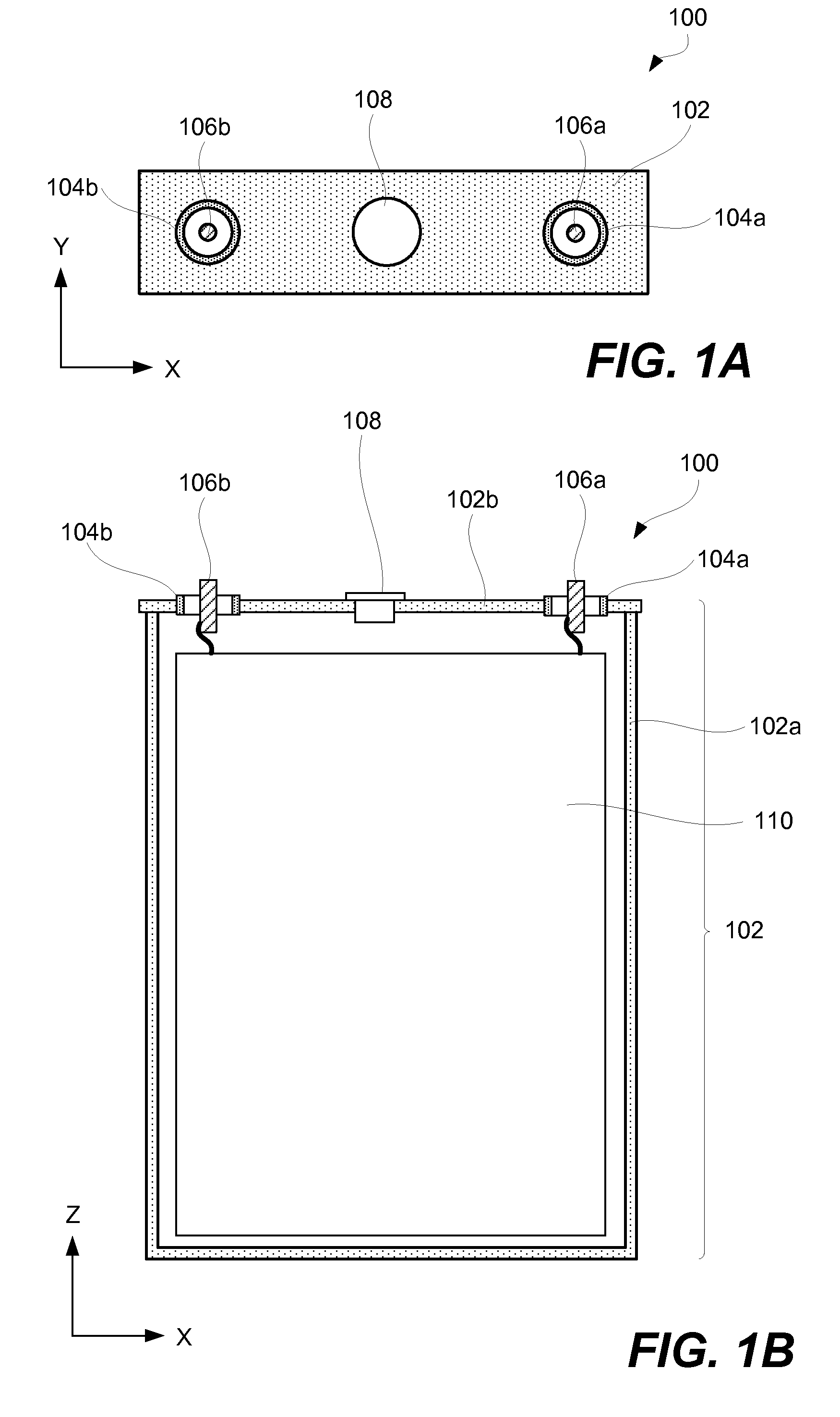Surface treatment of electrochemically active materials for rechargeable cells
a rechargeable cell and electrochemical active technology, applied in the direction of cell components, non-aqueous electrolyte accumulator electrodes, coatings, etc., can solve the problems of increasing the electronic resistance of the cell, gas evolution and resistance increase, and undesirable gas generation, so as to improve the rate capability, eliminate or reduce the catalytic activity of the active material, the effect of improving the rate capability
- Summary
- Abstract
- Description
- Claims
- Application Information
AI Technical Summary
Benefits of technology
Problems solved by technology
Method used
Image
Examples
Embodiment Construction
[0030]In the following description, numerous specific details are set forth in order to provide a thorough understanding of the presented concepts. The presented concepts may be practiced without some or all of these specific details. In other instances, well known process operations have not been described in detail so as to not unnecessarily obscure the described concepts. While some concepts will be described in conjunction with specific embodiments, it will be understood that these embodiments are not intended to be limiting.
[0031]Provided are methods for processing electrochemically active materials and resulting active material structures for use in rechargeable batteries. The methods may involve depositing carbon containing material to partially or completely cover the surface of the active material structures. Deposition of the carbon containing material onto the active material structures reduces catalytic activity of the resulting structures and improves their conductivity...
PUM
 Login to View More
Login to View More Abstract
Description
Claims
Application Information
 Login to View More
Login to View More - R&D
- Intellectual Property
- Life Sciences
- Materials
- Tech Scout
- Unparalleled Data Quality
- Higher Quality Content
- 60% Fewer Hallucinations
Browse by: Latest US Patents, China's latest patents, Technical Efficacy Thesaurus, Application Domain, Technology Topic, Popular Technical Reports.
© 2025 PatSnap. All rights reserved.Legal|Privacy policy|Modern Slavery Act Transparency Statement|Sitemap|About US| Contact US: help@patsnap.com



